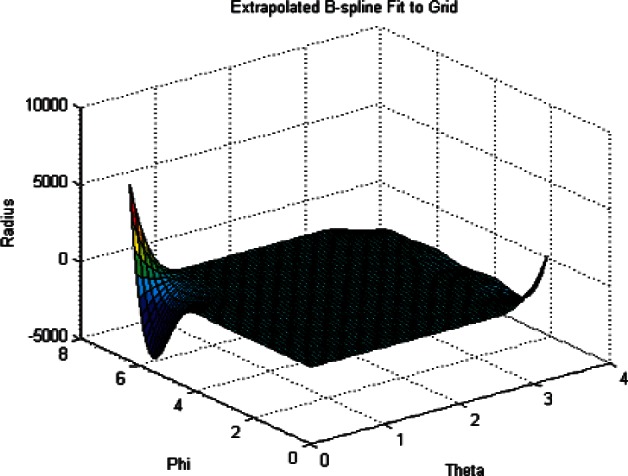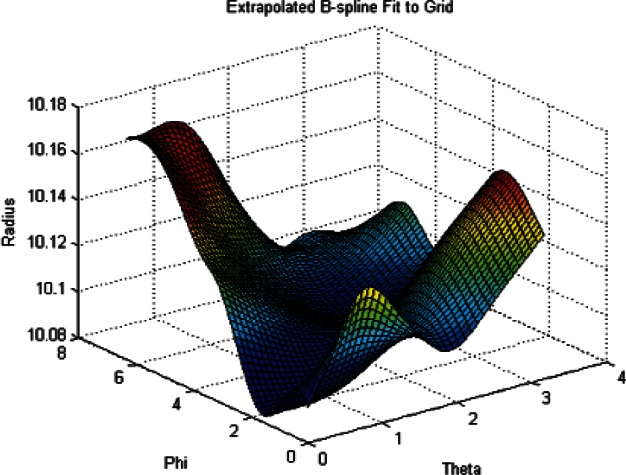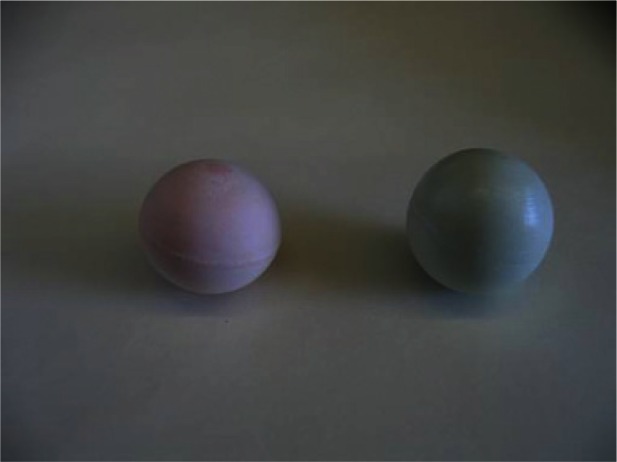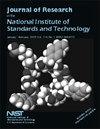估计近球形模塑制品的体积。
IF 1.5
4区 工程技术
Journal of Research of the National Institute of Standards and Technology
Pub Date : 2010-06-01
Print Date: 2010-05-01
DOI:10.6028/jres.115.009
引用次数: 2
摘要
美国食品和药物管理局(FDA)正在进行一项研究,研究一种被称为“幽灵”的肺癌病变,以测试计算机断层扫描(CT)扫描仪及其软件。FDA向美国国家标准与技术研究所(NIST)借出了两个半球形的“绿色”和“粉色”幽灵,并要求对它们的体积进行估算。本报告详细描述了用于估算幽灵体积的计量学和计算方法。生成了三套三坐标测量机(CMM)测量数据。其中一组数据涉及已知校准金属球的参考表面数据测量。另外两组是两个FDA幻影在两种密度下的测量值,称为粗集和密集。对数据采用了两种计算方法。在第一种方法中,球面模型拟合校准后的球面数据和幻影数据。第二种方法是用曲面b样条对球体边界上的数据点进行建模,然后使用散度定理来估计体积。对标定后的球面数据拟合b样条模型作为算法性能的参考检验。它保证了为幽灵估计的数量是有意义的。粗糙和密集数据集的结果倾向于预测预期的体积,结果确实表明绿色幻影非常接近球形。两种计算方法都证实了这一点。球形模型不适合粉红色幻影以及b样条方法提供了更好的估计体积在这种情况下。本文章由计算机程序翻译,如有差异,请以英文原文为准。



Estimating Volumes of Near-Spherical Molded Artifacts.
The Food and Drug Administration (FDA) is conducting research on developing reference lung cancer lesions, called phantoms, to test computed tomography (CT) scanners and their software. FDA loaned two semi-spherical phantoms to the National Institute of Standards and Technology (NIST), called Green and Pink, and asked to have the phantoms’ volumes estimated. This report describes in detail both the metrology and computational methods used to estimate the phantoms’ volumes. Three sets of coordinate measuring machine (CMM) measured data were produced. One set of data involved reference surface data measurements of a known calibrated metal sphere. The other two sets were measurements of the two FDA phantoms at two densities, called the coarse set and the dense set. Two computational approaches were applied to the data. In the first approach spherical models were fit to the calibrated sphere data and to the phantom data. The second approach was to model the data points on the boundaries of the spheres with surface B-splines and then use the Divergence Theorem to estimate the volumes. Fitting a B-spline model to the calibrated sphere data was done as a reference check on the algorithm performance. It gave assurance that the volumes estimated for the phantoms would be meaningful. The results for the coarse and dense data sets tended to predict the volumes as expected and the results did show that the Green phantom was very near spherical. This was confirmed by both computational methods. The spherical model did not fit the Pink phantom as well and the B-spline approach provided a better estimate of the volume in that case.
求助全文
通过发布文献求助,成功后即可免费获取论文全文。
去求助
来源期刊

Journal of Research of the National Institute of Standards and Technology
Engineering-General Engineering
自引率
33.30%
发文量
10
期刊介绍:
The Journal of Research of the National Institute of Standards and Technology is the flagship publication of the National Institute of Standards and Technology. It has been published under various titles and forms since 1904, with its roots as Scientific Papers issued as the Bulletin of the Bureau of Standards.
In 1928, the Scientific Papers were combined with Technologic Papers, which reported results of investigations of material and methods of testing. This new publication was titled the Bureau of Standards Journal of Research.
The Journal of Research of NIST reports NIST research and development in metrology and related fields of physical science, engineering, applied mathematics, statistics, biotechnology, information technology.
 求助内容:
求助内容: 应助结果提醒方式:
应助结果提醒方式:


